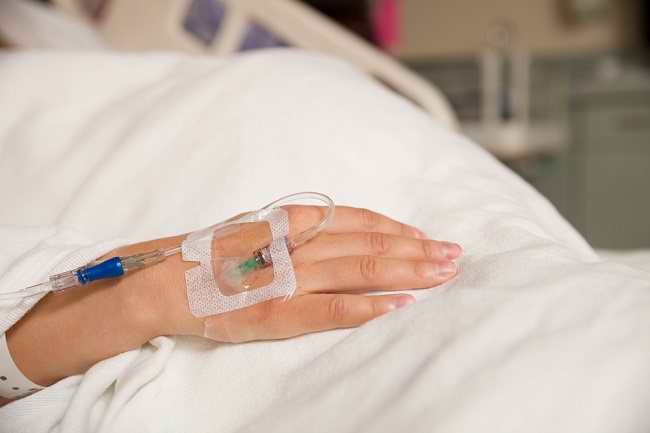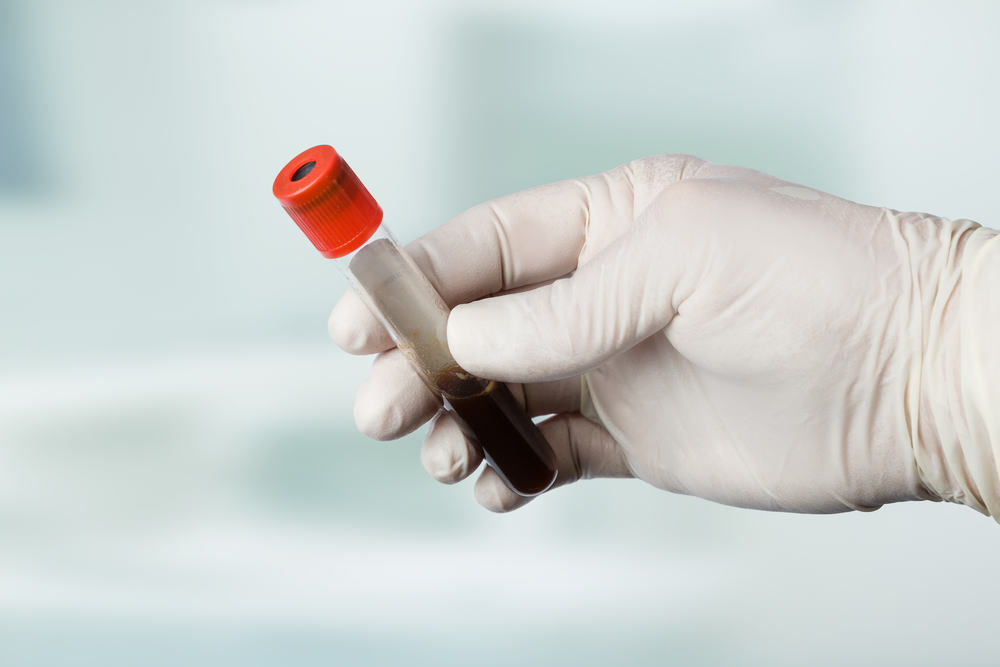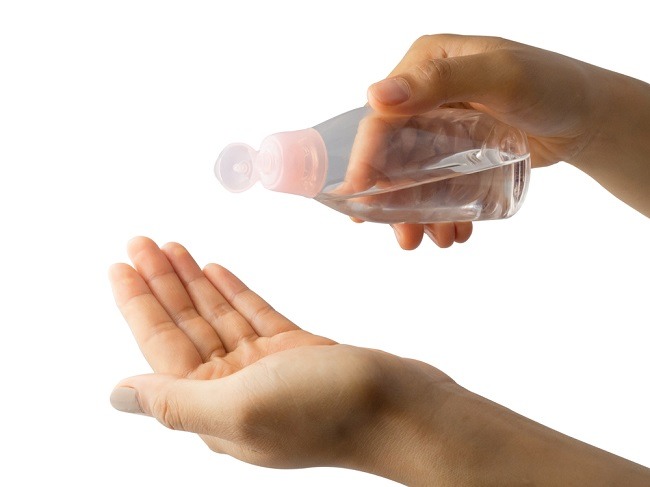Ventricular tachycardia or ventricular tachycardia is a condition in which the ventricles (room)heart beats too fast. This is caused by a disturbance in the electrical flow of the heart with various causes.
Ventricular tachycardia occurs when the lower chambers of the heart beat too fast and out of sync with the movement of the heart's atria. As a result, the heart cannot pump blood effectively, so the body lacks oxygen.

Causes of Ventrikel Tachycardia
Ventricular tachycardia is caused by an electrical disturbance in the heart that controls the pumping motion of the heart's chambers or ventricles. This causes the chambers to beat too fast than normal, so that the amount of blood pumped out of the heart decreases and the demand for blood in all parts of the body cannot be met.
The cause of ventricular tachycardia is not always identifiable, but it is usually caused by a pre-existing heart disorder. Heart disorders in question include:
- Cardiomyopathy or heart muscle disease
- Coronary heart disease
- Heart attack
- Heart failure
- Myocarditis or inflammation of the heart muscle
- Congenital heart defects
In addition to the factors above, there are several types of ventricular tachycardia that are genetically inherited, namely:
- Arrhythmogenic right ventricular tachycardia, tachycardia caused by a rhythm disturbance in the right ventricle of the heart.
- catecholaminergic polymorphic ventricular tachycardia, i.e. tachycardia triggered by physical or emotional stress, without any abnormality in the structure of the heart.
There are also several other things that can cause ventricular tachycardia, such as:
- Certain medications, such as decongestants and weight loss medications.
- Drug abuse, such as cocaine.
- Excessive consumption of caffeine and alcohol.
- Exercise is too strenuous.
Symptom Ventricular Tachycardia
There are several symptoms that indicate ventricular tachycardia, including:
- The heart beats, making the sufferer feel uncomfortable.
- Hard to breathe.
- Chest pain or pressure.
- Dizziness or feeling lightheaded.
- Loss of consciousness.
Ventricular tachycardia needs to be watched out for because it can develop into ventricular fibrillation, which is a dangerous condition and can cause death.
When to go to the doctor
Ventricular tachycardia should be treated immediately. If you experience any of the above symptoms, contact your doctor as soon as possible. If you notice that someone is losing consciousness, has no pulse and is not breathing, seek immediate help from a nearby person and medical assistance, and perform CPR on the patient if you are able.
If an automatic cardiac shock device is available or Automatic External Defibrillator (AED), use the device to determine the patient's heart rhythm, then follow the instructions from the AED device. Do this until medical help arrives.
Diagnosis Ventricular Tachycardia
In the early stages of treatment, the doctor will stabilize the patient's condition first. After the patient's condition is stable, the doctor will conduct an examination to find out the cause of the patient's complaint. The inspection includes:
- Electrocardiographyfi (ECG)A cardiac EKG is used to measure the electrical activity of the heart.
- EKG treadmill
This action is performed to view the electrical recording of the heart while the patient is active on the device treadmill.
- Holter monitorThis procedure is performed by attaching a portable ECG for 24 hours to record the heart's electrical flow.
- echo heartThis tool with high-frequency sound waves serves to show a more detailed picture of the structure and valves of the heart.
- MRI jheartThis scan is done to get a detailed picture of the heart, using magnetic waves.
- Catheterisization heartCardiac catheterization is used to measure blood flow to the heart muscle.
Ventricular Treatmentkel Tachycardia
Treatment for ventricular tachycardia varies, depending on the condition and its severity. Actions that a cardiologist can take to treat ventricular tachycardia can include:
- Administration of antiarrhythmic drugsAntiarrhythmic drugs, such as verapamil or amiodarone, is given to prevent similar disturbances from happening again.
- Ablasphemy heartThis procedure is performed if there is an electrical pathway that causes the patient's heart rate to increase.
- Tool installationimplantable cardioverterdefibrillator (ICD)This device is inserted into the chest or abdominal area to help restore the heart's rhythm to normal.
Complicationsi Ventrikel Tachycardia
There are several complications that can occur due to ventricular tachycardia, including:
- Decreased ability of the heart to pump adequate amounts of blood (heart failure).
- Blockage of blood vessels that can cause a stroke or heart attack.
- Sudden cardiac arrest which can lead to death.
Ventricular Preventionkel Tachycardia
Ventricular tachycardia is most often caused by disorders of the heart. Therefore, to prevent ventricular tachycardia, a person needs to treat the congenital heart disorder he has or prevent the emergence of heart disease.
To prevent heart disease, you can adopt a healthy lifestyle such as:
- Eat a balanced diet with low cholesterol.
- Reduce salt consumption to keep blood pressure normal.
- Exercise regularly at least 2.5 hours per week.
- Do not use cocaine or other drugs.
- Using over-the-counter drugs without a prescription according to the instructions for use.
- Quit smoking.
- Avoid excessive consumption of alcohol and caffeine.
- Manage stress well.
- Perform routine checks and undergo treatment according to the condition you have and the doctor's advice.









